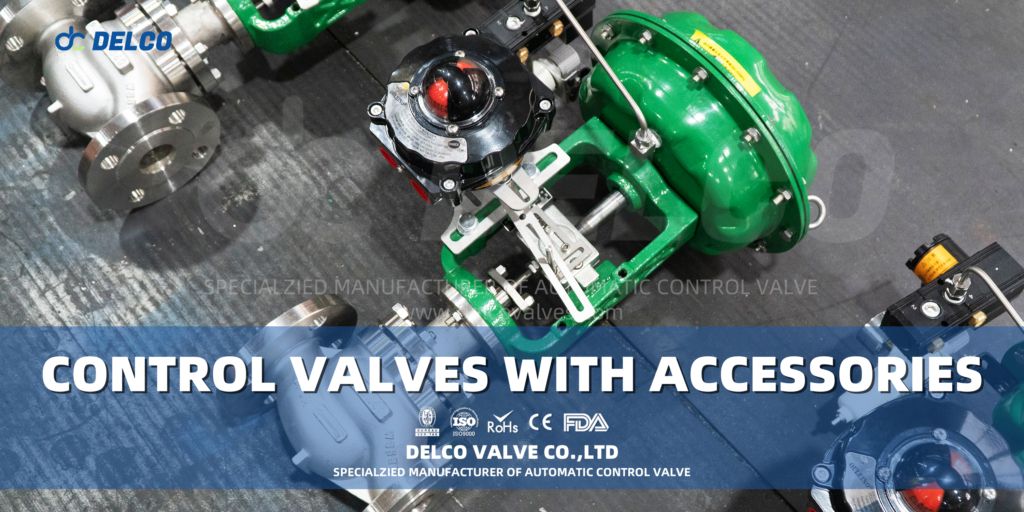- Início
- -
- ไม่มีหมวดหมู่
- -
- คำถามที่พบบ่อยเกี่ยวกับวาล์วควบคุม: 10 ปัญหาที่ผู้ใช้กังวลมากที่สุด
แท็ก
ติดต่อเรา
คำถามที่พบบ่อยเกี่ยวกับวาล์วควบคุม: 10 ปัญหาที่ผู้ใช้กังวลมากที่สุด
- วาล์วเดลโก้
Control valves are key components in industrial fluid control, but in the process of using them, users often encounter a variety of problems. In order to help you better understand and use control valves, วาล์วเดลโก้ has compiled a list of 10 questions that users are most concerned about and provided detailed answers.

1. What is a control valve?
A control valve is a valve used to control the flow, pressure or temperature of a fluid, regulating the flow of the medium by changing the position of the spool.
2. What are the main types of control valves?
- Electric control valve: electric control valve is a very widely used control valves, mainly composed of electric actuators and control valves, powered by electricity, through the receipt of signals from the controller, drive to change the size of the valve switch, adjust the area of the fluid path, so as to achieve the change of fluid flow, pressure, temperature and other operating parameters.
- วาล์วควบคุมลม: Pneumatic control valve is powered by compressed air, by the controller’s signal to adjust the area of the fluid path, in order to change the fluid flow of the valve, pneumatic control valves generally use pneumatic thin-film actuators, and therefore also known as pneumatic thin-film control valves, compared to the electric control valves do not need to take the advantages of explosion-proof measures, the scope of application is very wide.
- Self-operated control valve: does not require any additional energy, directly using the energy of the regulated medium to manipulate the regulating mechanism to achieve automatic control, to achieve the temperature, pressure, flow and other parameters of the adjustment.
3. What is the working principle of control valve?
Through the actuator (electric, pneumatic or manual) to drive the spool movement, change the valve opening, so as to regulate the flow of media.
4. How to choose a suitable control valve?
According to the type of media, pressure, temperature, flow and system requirements to choose the right type of valve, size and material.
5. What are the common failures of control valves?
- Leakage: Worn or damaged seals.
- Stuck: impurities in the spool or seat.
- Inaccurate control: faulty positioner or actuator.
6. How do I maintain my control valve?
- Inspect seals and spool regularly.
- Clean the inside of the valve to remove impurities.
- Lubricate moving parts to ensure smooth operation.
7. Can control valves be used for high temperature media?
Yes, but you need to choose high temperature resistant materials (such as stainless steel) and sealing materials (such as graphite).
8. What is the difference between motorized and pneumatic control valves?
- Motorized control valve: suitable for precise control, but the response speed is slower.
- Pneumatic Control Valve: Suitable for fast response, but slightly lower control accuracy.
9. What are the flow characteristics of control valves?
- Linear: flow rate is proportional to opening.
- Equal percentage: suitable for wide range adjustment.
- Fast-opening: suitable for on-off operation.
10. How do I calibrate a control valve?
Using a positioner or control system, adjust the valve opening to ensure control accuracy.
บทสรุป
วาล์วเดลโก้ hopes to help you better understand and use the control valve. If you have more questions, please feel free to contact us! We will reply within 6 hours. Phone +86 159 8960 2972, WhatsApp +86 159 8960 2972 or email [email protected].

